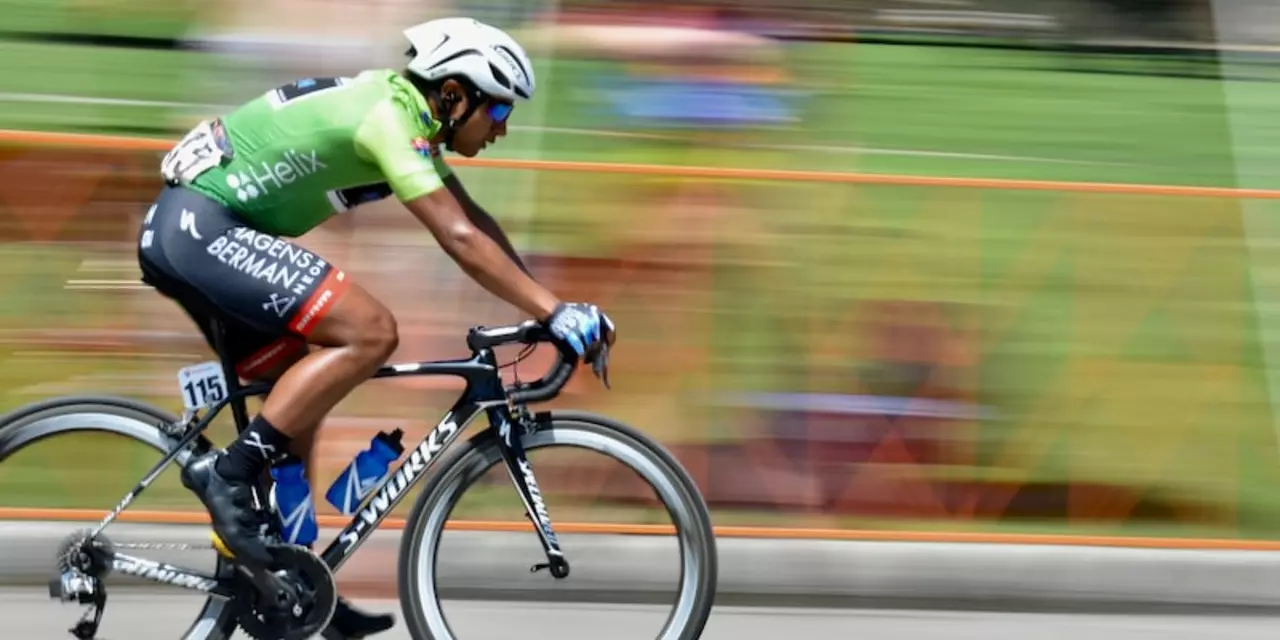Nutrients for Cyclists – What to Eat Before, During, and After a Ride
Every cyclist knows that a good bike and a solid training plan matter, but food is the real engine. The right nutrients give you stamina on the climb, keep you steady on long flats, and help muscles bounce back after a hard effort. Below is a no‑fluff guide that fits into a busy schedule.
Before the Ride: Building Your Energy Bank
Start your day with carbs that break down slowly—think oatmeal, whole‑grain toast or a banana‑smoothie. Those carbs release glucose over a few hours, so you don’t crash halfway through a 30‑km ride. Pair them with a bit of protein, like Greek yogurt or a handful of nuts, to keep blood‑sugar steady and protect muscles.
If you’re heading out early, aim to eat 60‑90 minutes before you hit the road. A small bowl of muesli with milk or a rice‑cake topped with nut butter works well. Hydration counts too; sip water or an electrolyte drink in the lead‑up, especially on hot days.
During and After: Keeping the Engine Running
Once you’re on the bike, replace lost carbs every 45‑60 minutes. Energy gels, fruit leathers, or a few dates are easy to carry and digest. For rides over two hours, add a salty snack—pretzels or a low‑sodium sports drink—to sustain electrolyte balance.
After you cross the finish line, the recovery window opens. Within 30 minutes, aim for a 3:1 ratio of carbs to protein. A chocolate‑milk shake, a peanut‑butter wrap, or a protein bar with dried fruit hits the sweet spot. This combo refills glycogen stores and kick‑starts muscle repair.
Don’t forget fluids. Water is fine for short rides, but anything longer than an hour benefits from a drink that contains sodium, potassium and magnesium. It cuts cramping and improves absorption of the carbs you just ate.
Finally, keep a balanced diet on non‑training days. Lean meats, beans, veggies, and whole grains supply the vitamins and minerals cyclists need—iron for oxygen transport, calcium for bone strength, and B‑vitamins for energy conversion.
In short, treat nutrition like a part of your bike setup. Load up on slow‑release carbs before you ride, snack smart while you’re moving, and refuel with carbs and protein afterward. Stick to these basics and you’ll feel less fatigue, faster recovery, and more power on every pedal stroke.
Is riding an exercise bike for 2 hours straight unhealthy?
Riding an exercise bike for two hours straight can be an effective way to get in a good workout, however, it is important to take some precautions to ensure that it is done in a healthy way. Doing too much exercise can result in overtraining, which can cause physical and mental exhaustion, as well as an increased risk of injury. Therefore, it is important to ensure that sessions are kept to a reasonable length and that the intensity is appropriate for the individual's level of fitness. Additionally, it is important to have adequate rest between sessions and to ensure an adequate intake of nutrients to replace any energy lost during the workout.
More